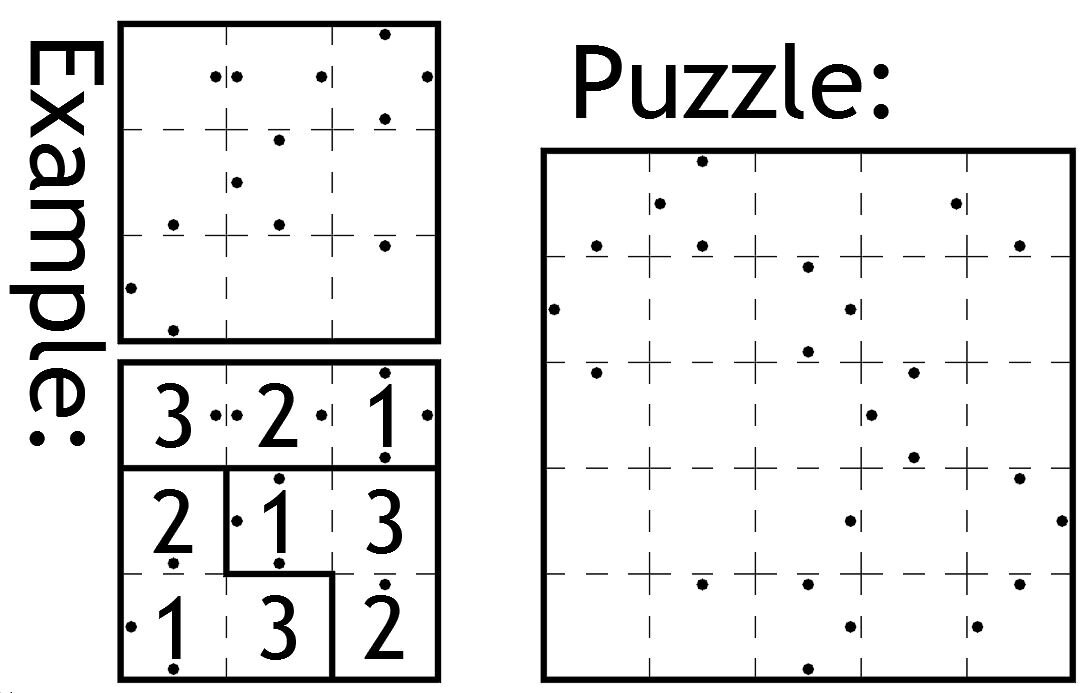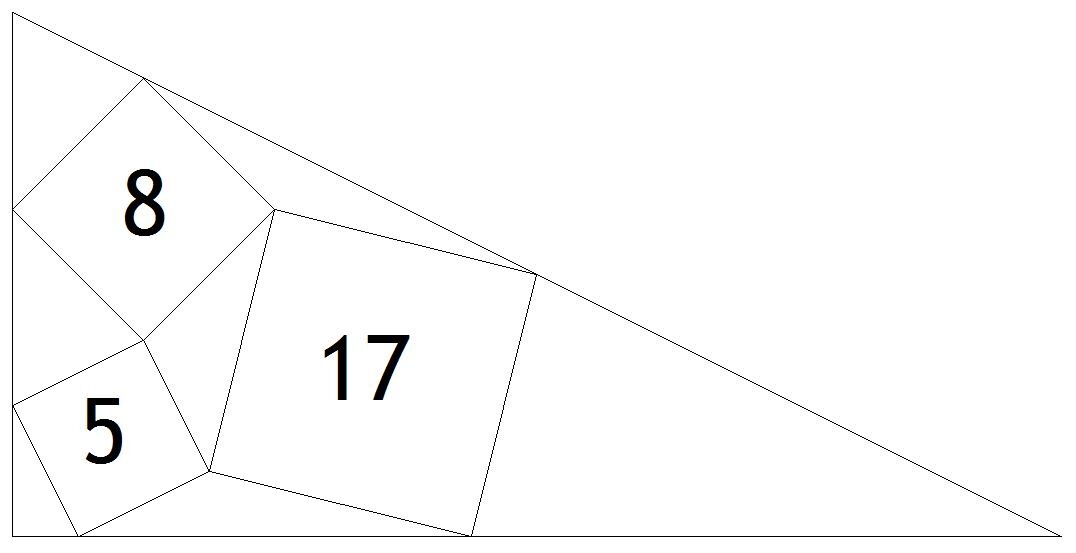This puzzle is based on a dice game my son and I invented, involving 12-sided, 10-sided, 8-sided and 6-sided dice. (As with modern convention I will be using the word ‘dice’ to refer to both the plural and the singular, rather than the more archaic ‘die’).
In round 1, both players each have a 12-sided dice. They roll them and the player with the lowest number loses that round (if the numbers are equal they both simply roll again). The losing player exchanges their 12-sided dice for a 10-sided dice for the second round.
The game continues such that at each round the loser changes their dice for one with two fewer sides. The final round occurs when one of the players has to roll a 6-sided dice. The winner of this round is the overall winner of the game (even if they lost all of the previous rounds).
Since the game is symmetrical, the probability of each of the players winning is 50%, but the puzzle question is, how important is the first round? What is the probability that you win the overall game if you win/lose the initial round?
















